Permanent Hair Fixing: How to Achieve a Full Head of Hair
Hair loss is a significant concern for millions of people worldwide. In India alone, over 60% of men experience noticeable hair thinning by the age of 35, and women are not immune to the issue either. While there are various temporary solutions like wigs, extensions, or topical treatments, many people seek a more permanent way to deal with hair loss. This is where hair fixing services in Bangalore come into play, offering a reliable solution for those looking to restore a full head of hair.
In this article, we will explore what permanent hair fixing is, how it works, the different techniques available, and provide insights into its costs and benefits. We will also discuss some essential factors to consider when opting for permanent hair fixing.
Understanding Permanent Hair Fixing
Permanent hair fixing is a non-surgical method of attaching artificial or natural hair to the scalp. Unlike hair transplants, which involve the surgical implantation of hair follicles into bald areas, permanent hair fixing uses adhesive methods to affix hair to the scalp, providing immediate results without the need for invasive procedures.
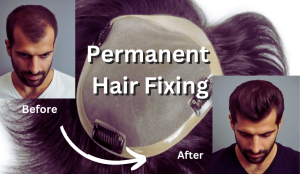
Key Features of Permanent Hair Fixing:
- Non-Surgical: Unlike hair transplants that require surgery, permanent hair fixing does not involve any surgical intervention.
- Instant Results: Patients can leave the clinic with a full head of hair immediately after the procedure.
- Customization: Hair fixing is highly customizable in terms of color, density, and style, allowing the solution to blend seamlessly with natural hair.
- Long-Lasting: While called “permanent,” the process typically lasts several months before maintenance or readjustment is required, depending on the adhesive and method used.
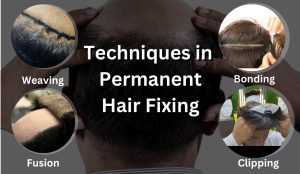
Techniques in Permanent Hair Fixing
There are a few popular techniques for permanent hair fixing that can be tailored to individual needs. following are the most widely used ones:
- Weaving: Hair weaving involves integrating synthetic or natural hair with the existing hair using various methods, such as sewing the extensions to small braids of the natural hair. This method offers a secure attachment and lasts for several months. Weaving is often used for individuals who have thinning hair but still have enough natural hair for the extensions to be attached.
- Bonding: Bonding is a method in which specialized adhesives are used to attach hair systems to the scalp. These adhesives are safe for the skin and provide a strong, secure hold. The bond typically lasts 4-6 weeks before maintenance is required. Bonding works well for people with extensive hair loss, as the attachment is directly to the scalp.
- Clipping: Clipping involves using tiny, undetectable clips to attach the hair system to natural hair. This method is generally used when someone prefers a semi-permanent solution that can be removed and reapplied easily. While this isn’t as “permanent” as bonding or weaving, it still provides a robust, natural look for extended periods.
- Fusion: Fusion hair fixing uses heat and keratin-based adhesives to attach hair extensions to the scalp. This technique is more labour-intensive and time-consuming but offers one of the most durable and natural-looking results. Fusion is often chosen by individuals who want a longer-lasting solution that can go for months without needing maintenance.
How Effective is Permanent Hair Fixing?
According to a study by the International Society of Hair Restoration Surgery (ISHRS), around 65% of people who undergo non-surgical hair replacement, including permanent hair fixing, report satisfaction with the results, particularly in the first six months. Many people prefer permanent hair fixing over surgical procedures because it is less invasive, offers instant results, and requires less downtime. This makes it an attractive option for individuals with busy lifestyles or those who cannot undergo surgical hair transplants due to health reasons.
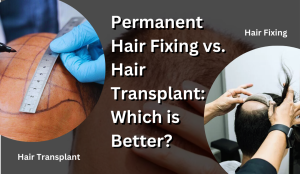
Permanent Hair Fixing vs. Hair Transplant: Which is Better?
When choosing between permanent hair fixing and hair transplantation, it is essential to understand the key differences:
- Invasiveness: Hair transplants are surgical, requiring downtime and recovery, whereas hair fixing is non-surgical and has immediate results.
- Cost: Hair fixing is generally more affordable than a hair transplant. However, hair transplants provide a permanent solution in the literal sense, whereas permanent hair fixing requires periodic maintenance.
- Suitability: Hair fixing is suitable for people with extensive baldness who cannot undergo hair transplants. It is also ideal for individuals looking for instant results.
Suitability Factors for Permanent Hair Fixing:
- Ideal for those who prefer a non-surgical option.
- Suitable for individuals with large bald patches.
- Preferred by those looking for customizable, natural-looking hair.
The Process of Permanent Hair Fixing
The hair fixing process is straightforward but highly specialized:
- Consultation: The first step involves a detailed consultation with a hair expert. During this consultation, the extent of hair loss is assessed, and the most appropriate fixing method is chosen.
- Customization: Based on the consultation, a hair system is customized to match the client’s existing hair in terms of color, texture, and density.
- Attachment: The chosen method (weaving, bonding, or fusion) is then applied to fix the new hair securely onto the scalp.
- Post-Care: Post-care involves regular cleaning and sometimes readjustments every few months, depending on the method used. Most people are able to go back to their regular activities right away following the procedure. However, proper care is essential to ensure the longevity of the attached hair system.
Permanent Hair Fixing Cost
The permanent hair fixing cost varies depending on several factors, such as the method used, the type of hair (synthetic or natural), and the extent of the hair loss. Factors influencing the permanent hair fixing rates in India include:
- Material of Hair: Synthetic hair systems tend to be more affordable than natural hair systems. However, natural hair offers a more realistic appearance and feel.
- Clinic Reputation: Clinics with experienced specialists and a good reputation may charge higher rates due to their proven track record of success.
- Extent of Baldness: The more extensive the hair loss, the more material and time required for the procedure, which increases the overall cost.
- Maintenance Requirements: While the initial attachment may be considered “permanent,” most systems require periodic maintenance, which also factors into the overall cost of the procedure.
Conclusion: Is Permanent Hair Fixing Right for You?
Permanent hair fixing offers a versatile, effective solution for those suffering from hair loss. Whether you’re facing extensive baldness or simply want to restore volume to thinning hair, this non-surgical option can provide the natural, full-haired look you desire with minimal hassle.
However, before opting for the procedure, it’s important to consult with professionals to ensure it’s the right choice for you. The combination of customization, instant results, and the ability to avoid surgery makes permanent hair fixing a popular choice for many. Understanding the costs, maintenance, and techniques involved can help you make an informed decision that fits your lifestyle and expectations.
As India sees a growing demand for hair restoration treatments, with nearly 10% of the adult population exploring options like hair fixing in bangalore, this trend shows no sign of slowing down.
Recent Posts
-
 How to Choose the Right Wig in Bangalore for 80% Hair Loss?
How to Choose the Right Wig in Bangalore for 80% Hair Loss? -
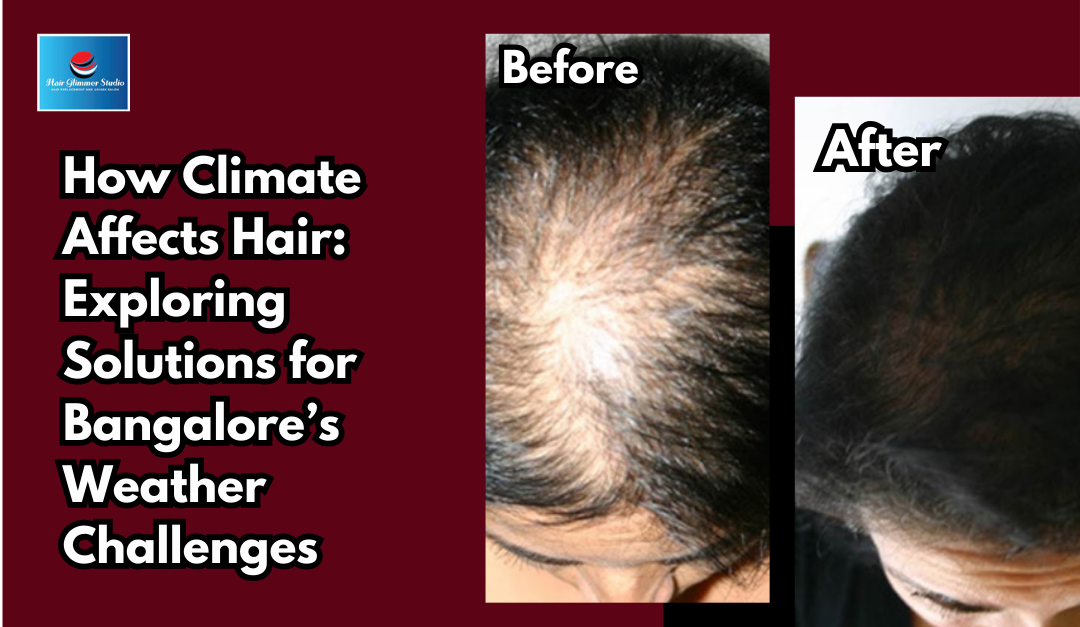 How Climate Affects Hair: Exploring Solutions for Bangalore’s Weather Challenges
How Climate Affects Hair: Exploring Solutions for Bangalore’s Weather Challenges -
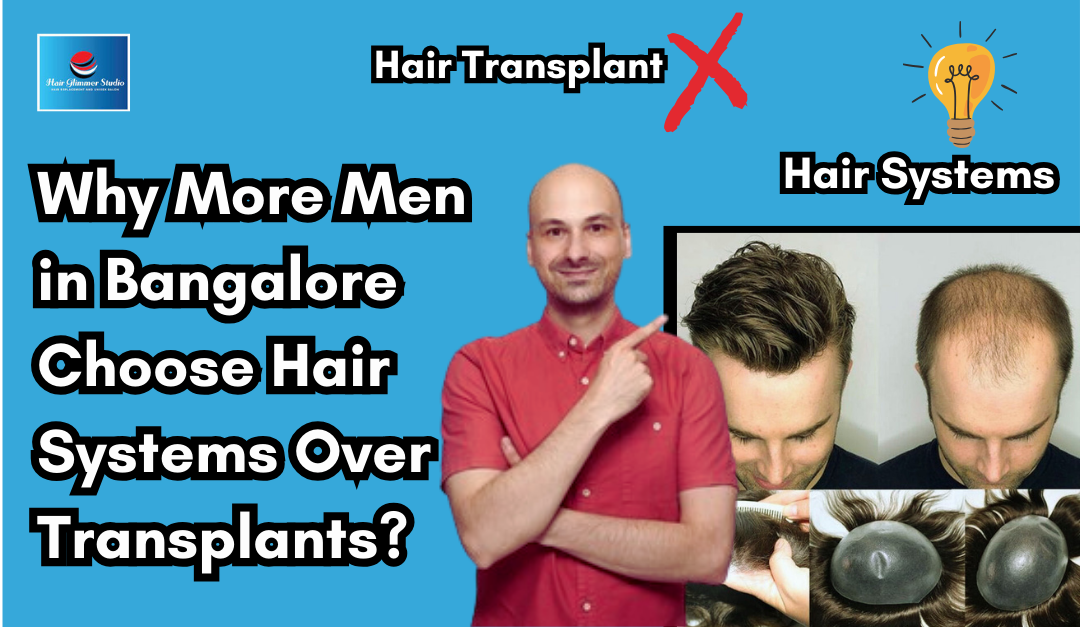 Why More Men in Bangalore Choose Hair Systems Over Transplants: A Guide to Hair Fixing Costs and Options
Why More Men in Bangalore Choose Hair Systems Over Transplants: A Guide to Hair Fixing Costs and Options -
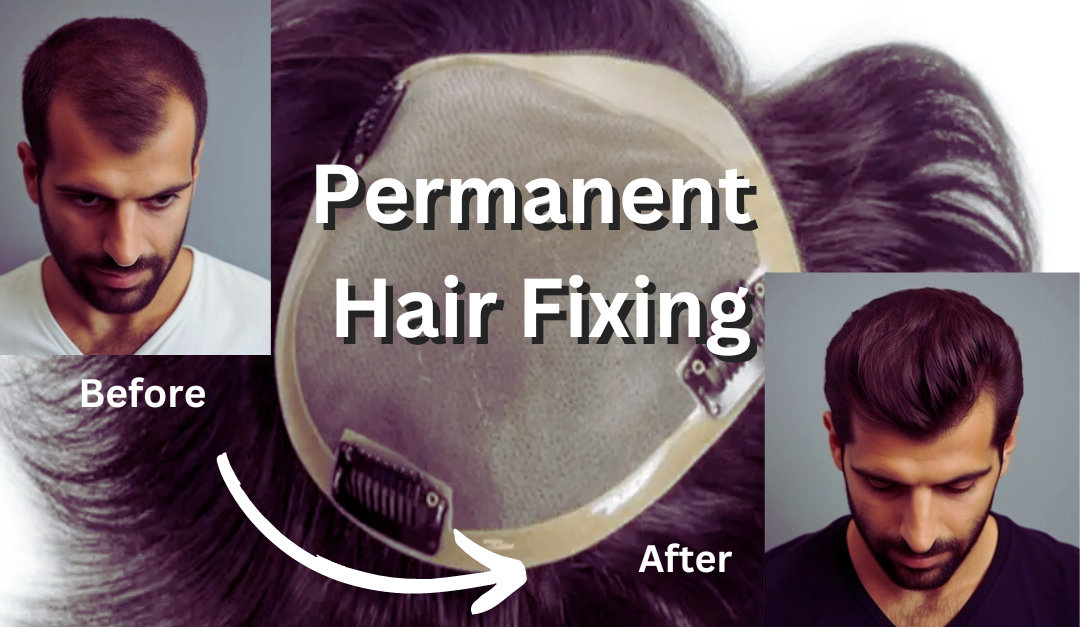 Permanent Hair Fixing: How to Achieve a Full Head of Hair
Permanent Hair Fixing: How to Achieve a Full Head of Hair -
 Non-Surgical Hair Replacement vs Traditional Wigs: Which is Right for You?
Non-Surgical Hair Replacement vs Traditional Wigs: Which is Right for You?



